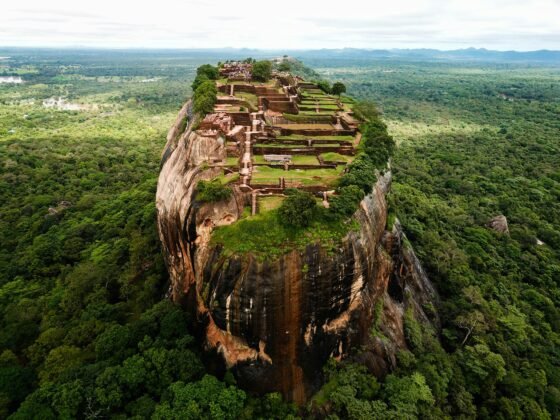The Pantheon, an iconic symbol of Rome’s historical grandeur, continues to awe visitors from across the globe. This remarkable building, nearly two thousand years old, is a testament to the ingenuity and creativity of ancient Roman architects. In this post, we will delve into the history, architecture, and enduring significance of the Pantheon.
A Rich Tapestry of History
The Pantheon was commissioned by Marcus Agrippa during the reign of Augustus (27 BC – 14 AD) and was later rebuilt by Emperor Hadrian around 126 AD after it suffered damage from a fire. The inscription on the facade, “M·AGRIPPA·L·F·COS·TERTIVM·FECIT”, pays tribute to Agrippa’s original creation. The Pantheon has served various purposes over the centuries. Initially, it was a temple dedicated to all the gods of pagan Rome, which is reflected in its name; Pantheon is derived from the Greek words “pan” meaning all, and “theos” meaning gods. With the advent of Christianity, the Pantheon was consecrated as a church in the 7th century, and it is now officially known as Santa Maria ad Martyres.
An Architectural Feat
The Pantheon’s architecture is its most striking feature, setting it apart as an engineering marvel of the ancient world. The building boasts a portico with granite columns, a rectangular block, and a massive concrete dome with a central opening known as the oculus. The dome, with a diameter of 142 feet, is still the world’s largest unreinforced concrete dome, and it is this feature that has particularly baffled and fascinated architects and engineers. The thickness of the dome diminishes as it rises, with a series of arches and relieving voids that reduce its weight. The oculus, 30 feet in diameter, is the only source of natural light and also serves to reduce the weight of the dome. The interior is equally captivating, with its ornate marble flooring and intricately designed altars and chapels.
Enduring Cultural Significance
The Pantheon’s impact extends beyond its architectural achievements. As a bridge between the pagan past and the Christian present, it holds a unique place in cultural history. This is reflected in the annual Pentecost celebration when thousands of red rose petals are dropped through the oculus, symbolizing the descent of the Holy Spirit. Additionally, the Pantheon is the final resting place of several notable figures, including the Renaissance artist Raphael and two Italian kings. For artists and architects, the Pantheon has served as an inexhaustible source of inspiration; its dome influenced the design of countless structures including the U.S Capitol, and St. Peter’s Basilica. From this month, tickets must be purchased for access, view Pantheon Tickets for skipping the line for tickets and tours.
In conclusion, the Pantheon is not just an architectural wonder but a monument that encapsulates the rich history and cultural evolution of Rome. Its resilient dome has withstood the test of time, much like the eternal city it resides in. A visit to the Pantheon is a journey through history, from the ancient Roman pantheon of gods to the Christianized Rome, and a chance to witness the timeless ingenuity of ancient Roman engineering.












